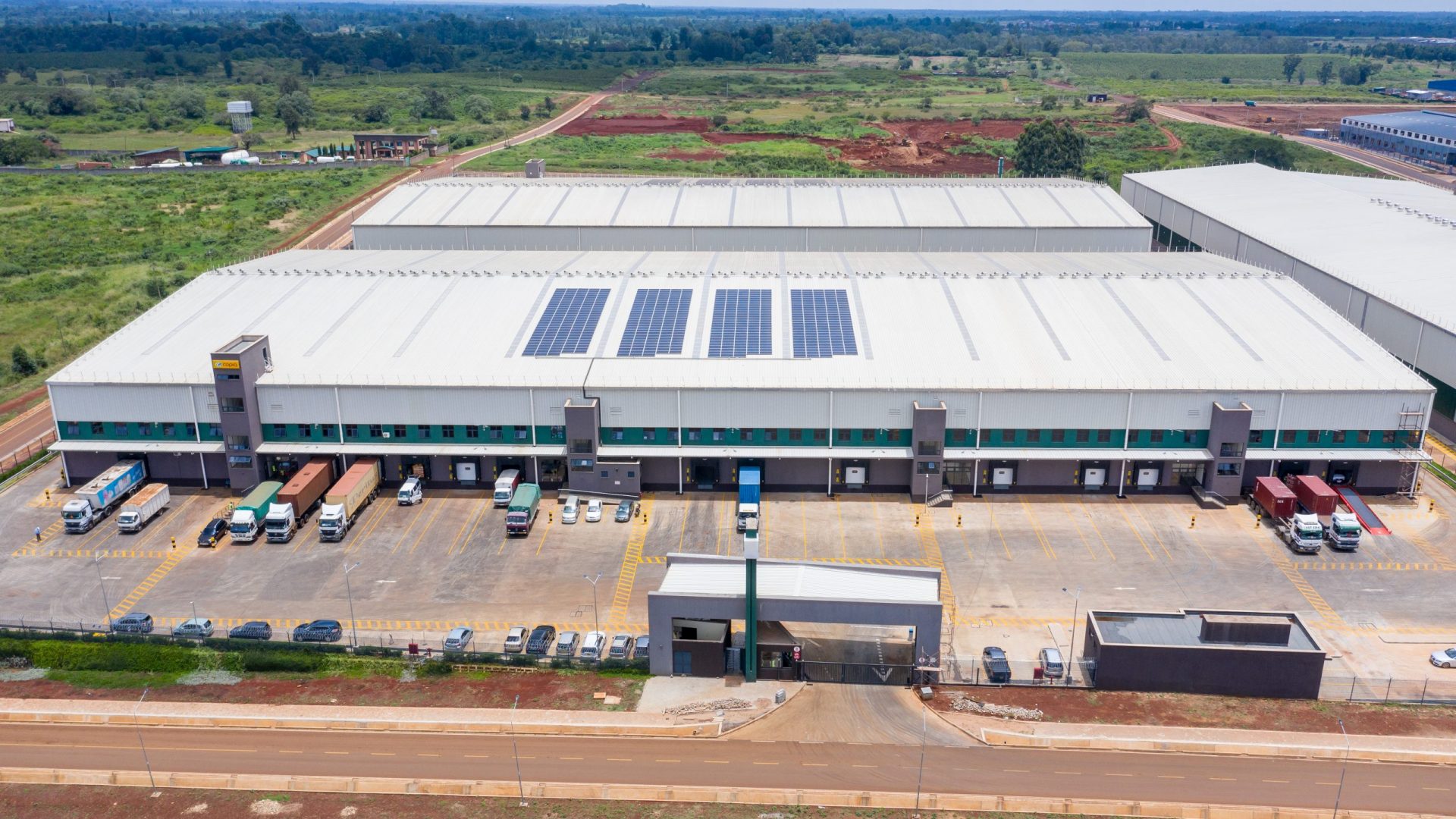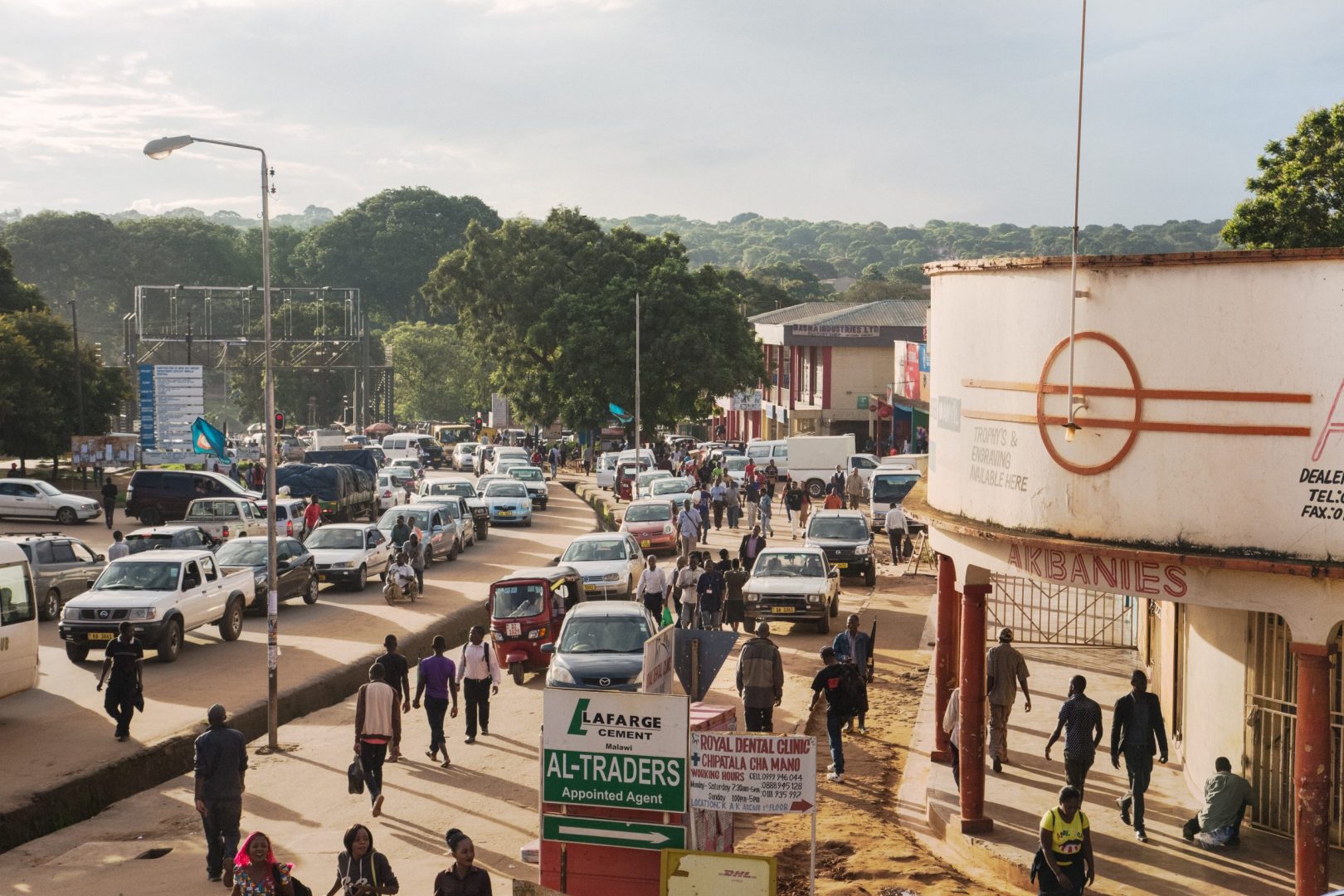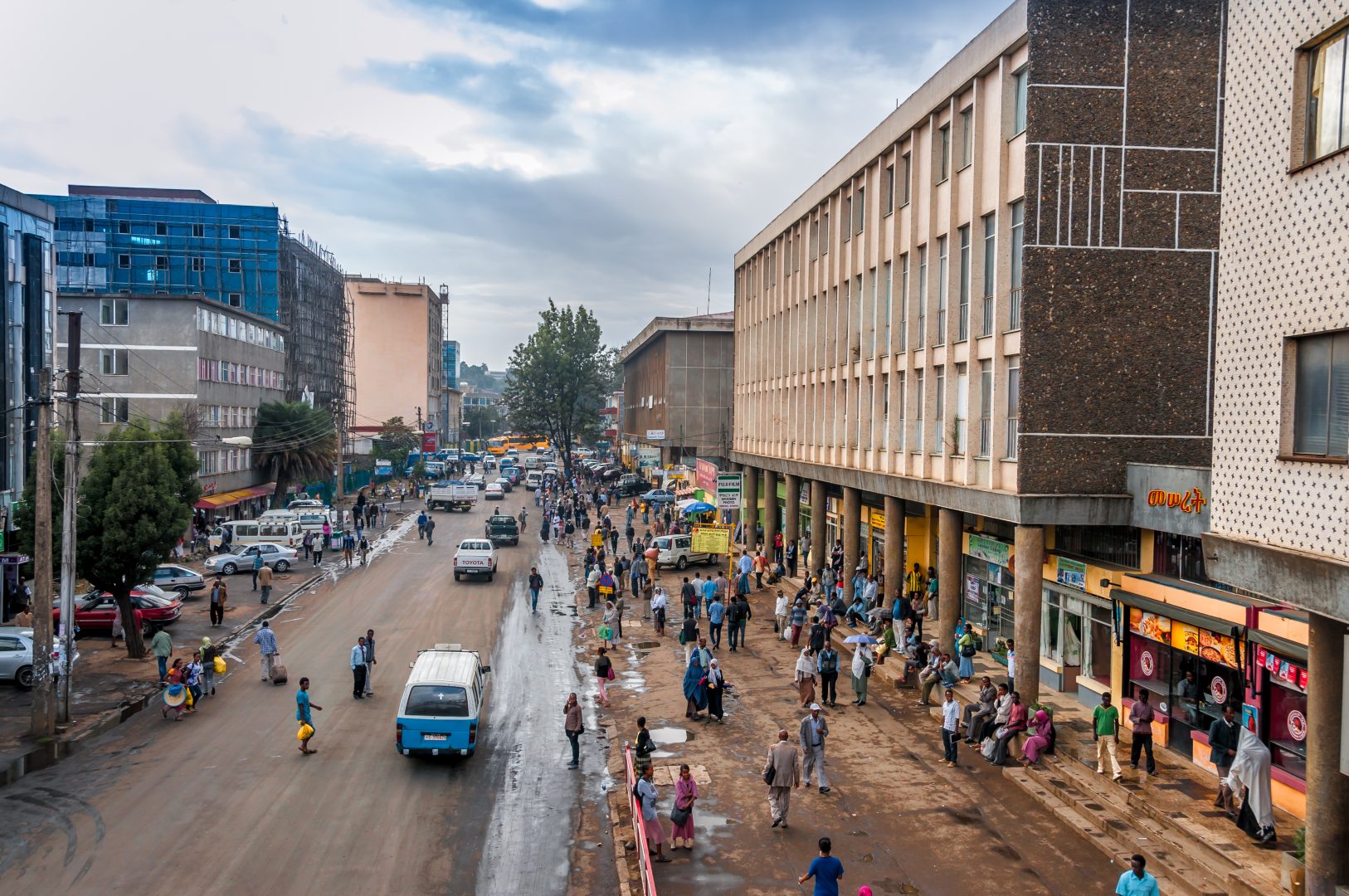Africa has the fastest urban growth rate in the world. Research by the OECD indicates that by 2050, Africa’s cities will be home to almost a billion additional people. As these cities grow, it’s important that the appropriate urban infrastructure – from roads and transport systems to water and waste management systems – is in place to enhance wellbeing and productivity for people living in these areas. Africa’s urban transition also offers opportunities to proactively address critical challenges such as digital transformation and climate change, to ensure cities become centres of sustainable, climate-resilient and inclusive growth.
What does this mean for impact investors like CDC? To deepen our understanding of the development impact created by investments in urban mobility, smart city infrastructure, water systems, solid waste management and flood protection, we’ve undertaken a review of the existing evidence in partnership with Vivid Economics. The report highlights how to maximise impact in these sectors through private sector investment, and presents an urban infrastructure impact framework to evaluate the impact of investments. The framework is based on evidence of economic opportunities, quality of life improvements and environmental sustainability.
What did we find out?
This evidence review presents four key findings:
- Strategic, high-quality urban infrastructure provision is a key development challenge in African cities. Infrastructure investment needs in African cities are large and low levels and quality of service provision mean Sustainable Development Goals (SDGs) are not being achieved. Closing Africa’s infrastructure gap could lead to a 1.7 per cent increase in annual GDP growth, with large gains in cities.
- Adaptation to climate change should guide infrastructure investment strategies. Infrastructure systems can enhance or reduce the resilience of cities against the impacts of climate change. Resilient infrastructure investment strategies are built on a thorough understanding of risks, which determines what to build, where to build it, and how to ensure services can withstand the impacts of climate change. Adaptation strategies need to be developed on a city-wide level and feature across all infrastructure sectors.
- Bus Rapid Transit (BRT) systems have a high potential for impact. They can have large-scale benefits on millions of people, with disproportional advantages for low-income groups. The successful implementation of largescale BRT systems can demonstrate feasibility, develop a model that can be replicated across the continent, and attract private investment.
- Water and waste management investment needs are high, and commercial strategies for investment should be prioritised. Water infrastructure faces the largest investment gap in Africa. Extending water and waste management services to low income households would dramatically improve quality of life and productivity. In many cases, these services fail to cover their costs from tariffs, and have therefore struggled to attract private financing. Successful deals – like the public private partnership for Kigali’s water treatment facility – demonstrate the return on investment is feasible.
The findings in this review are based on an in-depth study of 55 academic, grey literature and impact assessment reports. It draws on an evidence base for socio-economic benefits both in and beyond Africa, as assessments within Africa are limited. To close the knowledge gap and further understand the impact of these investments in an African context, further research using project-level data and empirical assessments is needed.
Despite the increasing need for sustainable urban infrastructure and its high impact potential, there are currently limited viable private sector projects and companies in this space. Many cities in Africa are struggling to fund urban infrastructure projects, which require more expertise and coordination to mobilise resources. The financing gap is not just owing to a shortage of private capital, but also due to a lack of public financing and capacity, that makes it challenging for private investors to finance city-level projects. At CDC, as we look ahead to our next five-year strategy, we’re actively seeking investable opportunities in urban infrastructure. We hope that this evidence review will also encourage other investors to target urban infrastructure investments supporting sustainable and inclusive growth in Africa.












